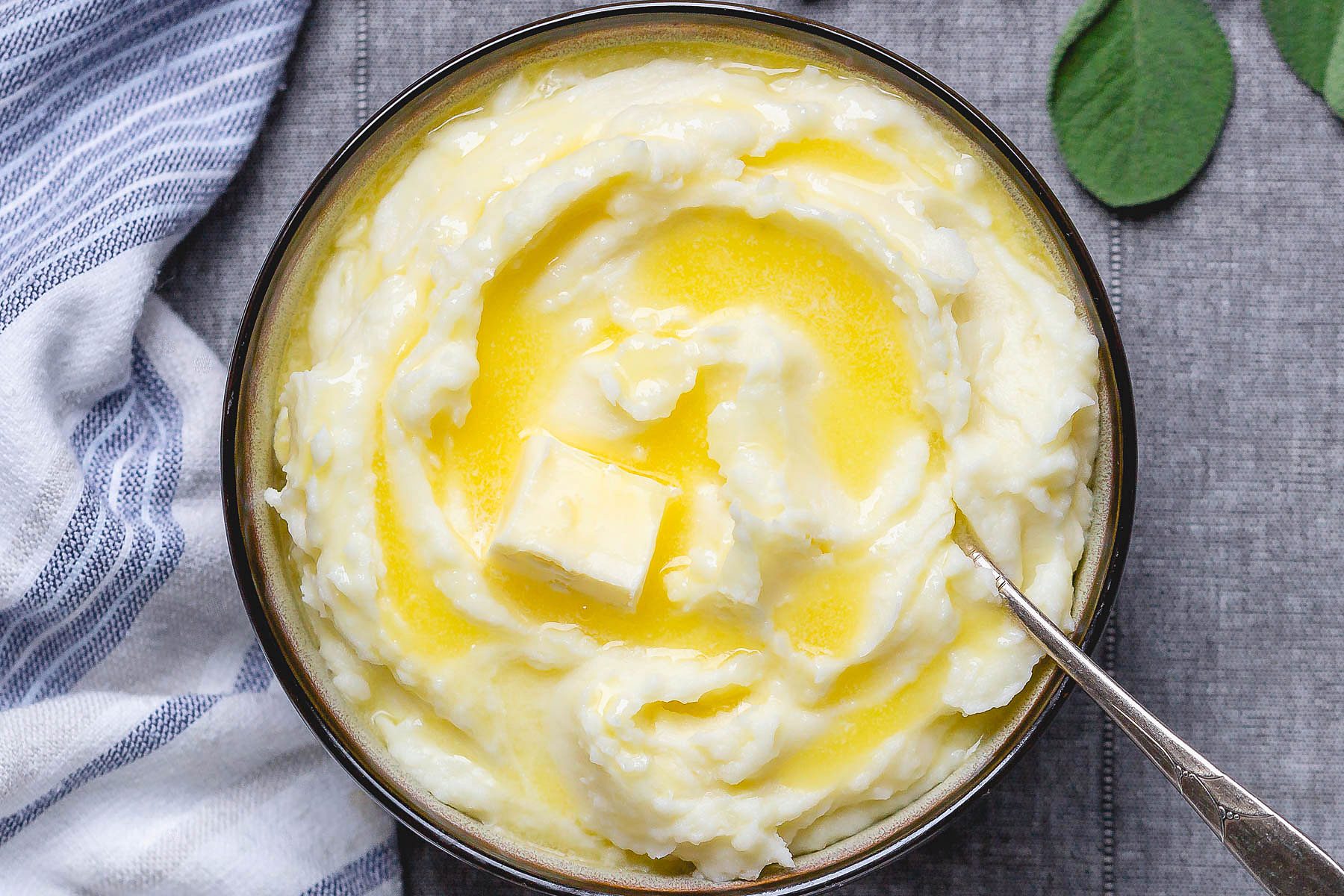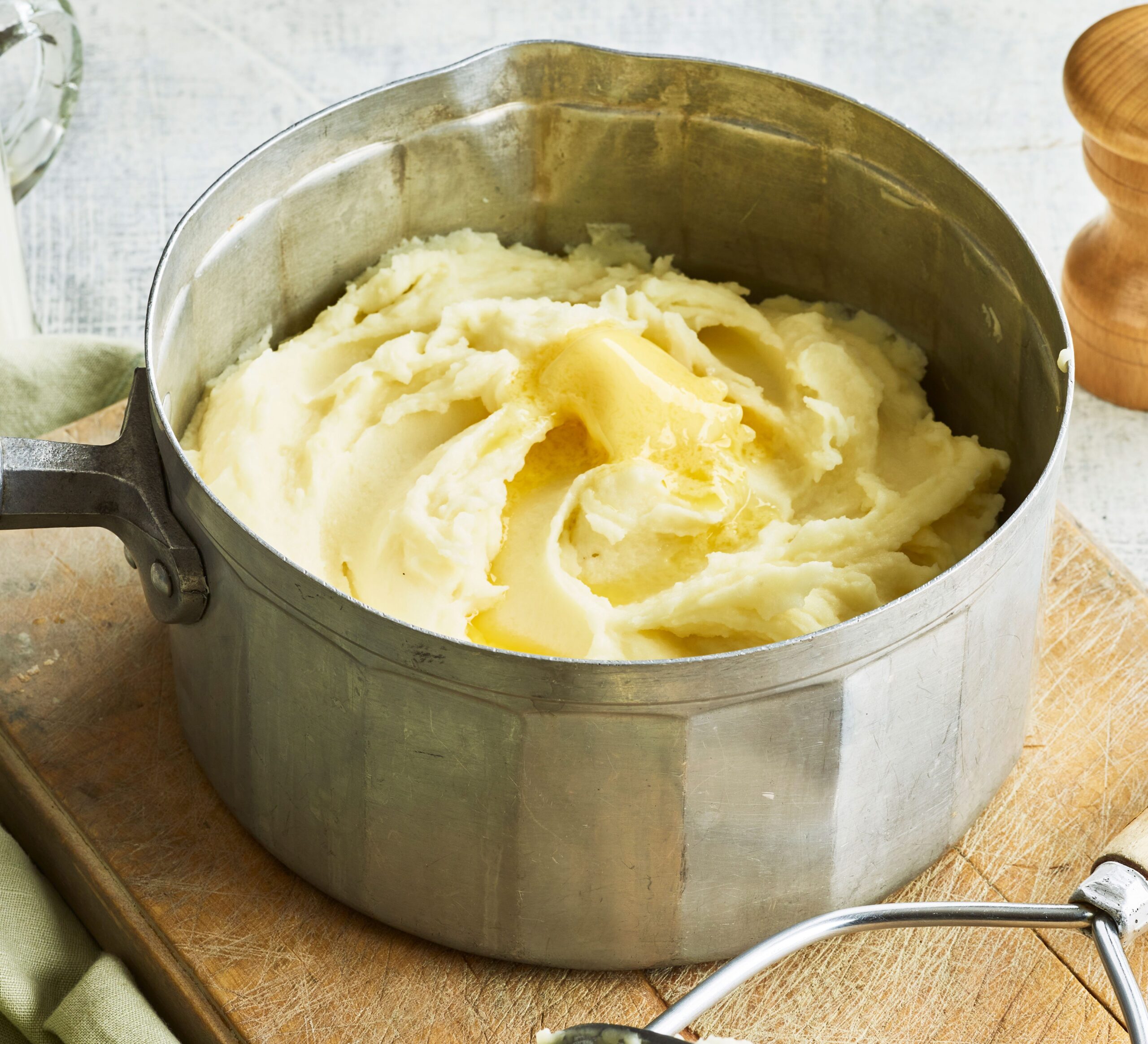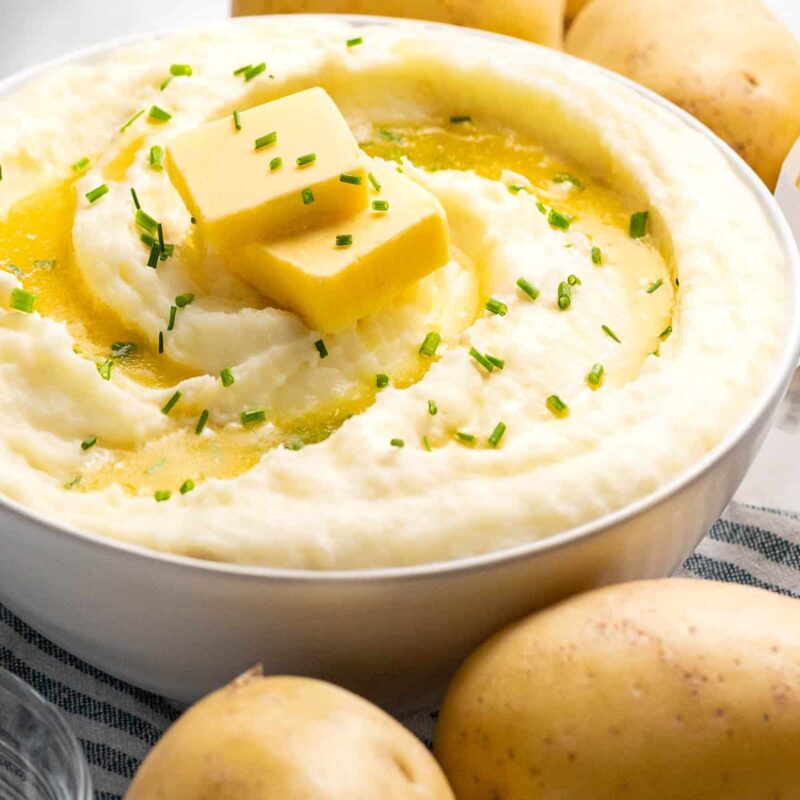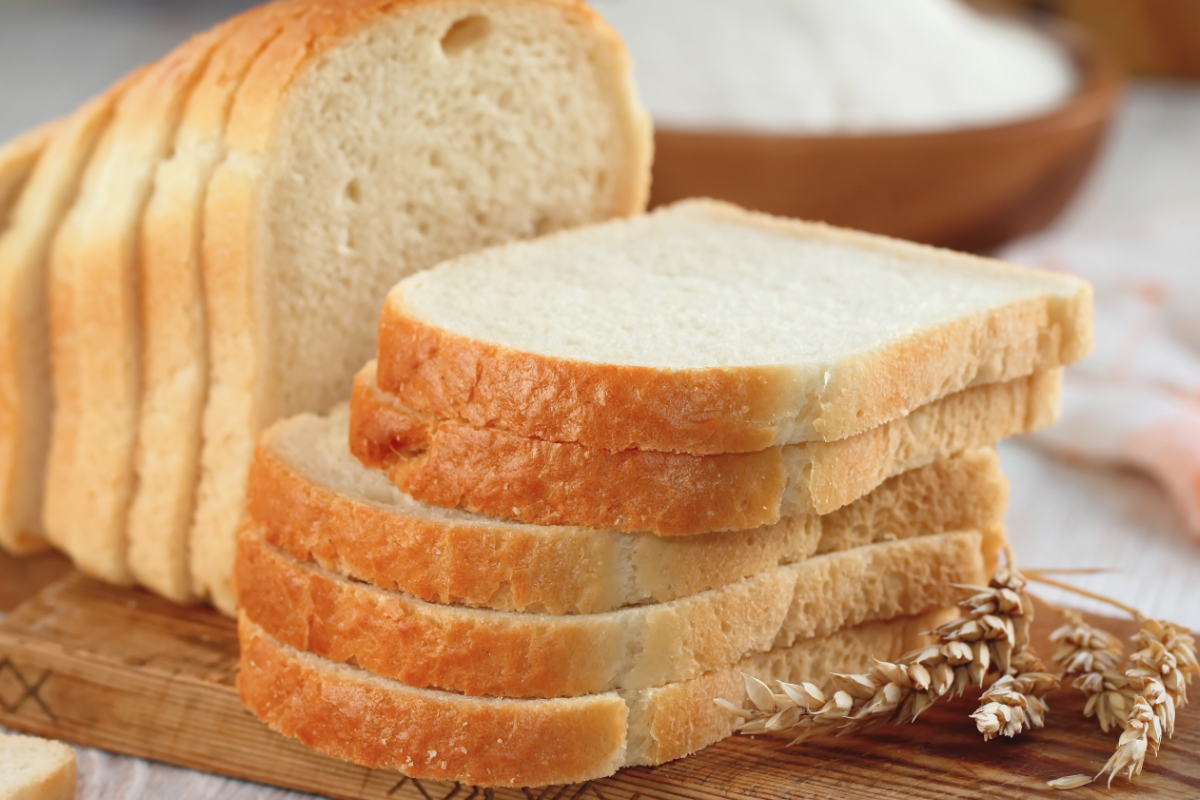Mashed potatoes are a classic comfort food that can be enjoyed all year round. Whether you’re serving them with a weeknight meal or as part of a festive roast dinner, having the best mashed potatoes possible is essential. In this comprehensive guide, we will share all the tips and tricks you need to make your mashed potatoes incredibly creamy and delicious.

Step 1 – Choose the Right Potatoes
The first step in making the perfect mashed potatoes is selecting the right potatoes. While Russet potatoes are the go-to choice, you can also use a combination of Russet and Yukon gold potatoes for added creaminess and flavor. Russet potatoes are starchier and fluffier, while Yukon gold potatoes are more moist and hold their shape better. By combining the two, you’ll achieve a balanced and creamy texture.
Step 2 – To Peel or Not to Peel
The decision to peel your potatoes ultimately comes down to personal preference. Some people enjoy the added texture and nutrients that the potato skin provides, while others prefer a smoother mash without any skin. If you choose to keep the skins on, make sure to thoroughly wash the potatoes to remove any dirt or debris. Alternatively, you can peel the potatoes for a creamier and smoother consistency.
Step 3 – Cooking the Potatoes
Properly cooking the potatoes is crucial for achieving creamy mashed potatoes. Start by cutting the potatoes into evenly sized pieces to ensure they cook at the same rate. Place the potatoes in a large pot and cover them with cold water. Add a generous amount of salt to the water to enhance the flavor of the potatoes. Bring the water to a boil over high heat and then reduce the heat to medium-low. Simmer the potatoes until they are fork-tender, usually around 15-20 minutes.
Step 4 – The Mashing Process
Once the potatoes are cooked, it’s time to mash them to the desired consistency. Here are a few different methods you can use:
Hand Mashing
- Drain the cooked potatoes and return them to the pot.
- Use a potato masher or a fork to mash the potatoes until they reach your desired consistency.
- Be careful not to over-mash, as it can result in gummy potatoes.
Ricing
- Pass the cooked potatoes through a potato ricer for a smoother and finer texture.
- This method is ideal for achieving restaurant-quality mashed potatoes.
Food Processor or Blender
- Transfer the cooked potatoes to a food processor or blender.
- Pulse the potatoes until they are smooth and creamy.
- Avoid over-processing, as it can result in a gluey texture.
5. Adding Flavor and Creaminess
To take your mashed potatoes to the next level, consider adding some mix-ins and flavors. Here are a few options to consider:
- Shredded cheddar or grated Parmesan cheese for a cheesy twist.
- Cooked bacon bits and chives for loaded mashed potatoes.
- Fresh herbs like parsley or chives for added freshness.
- Roasted garlic for a rich and savory flavor.
Experiment with different combinations to find your favorite flavor profile. Remember to adjust the seasonings to taste and add them gradually to avoid overpowering the dish.
Step 6 – Incorporating Butter and Milk
Butter and milk play a crucial role in achieving creamy mashed potatoes. After mashing the potatoes, melt butter in a saucepan and add milk or cream. The amount of butter and milk you use will depend on your desired consistency. Start with a small amount and gradually add more until you reach the desired creaminess. Be sure to warm the milk or cream before adding it to the potatoes to prevent them from becoming cold.
Step 7 – Seasoning to Perfection
To bring out the flavors of the mashed potatoes, season them with salt and pepper. Start with a small amount and taste as you go, adjusting the seasoning to your preference. Remember that potatoes can absorb a significant amount of salt, so it’s better to start with less and add more if needed.
Ingredients
- Potatoes
- Butter
- Milk
- Salt
- Black pepper
Storing Leftover Mashed Potatoes

If you happen to have any leftovers, store them in an airtight container in the refrigerator for a maximum of 3 to 4 days. Leftover mashed potatoes can be transformed into delicious dishes such as fried mashed potato balls, potato rolls, or even mashed potato waffles.
Troubleshooting Tips
Even with careful preparation, you may encounter some common issues when making mashed potatoes. Here are a few troubleshooting tips:
- If your mashed potatoes turn out too runny, try draining them thoroughly and placing them back on the heat to evaporate excess moisture.
- For lumpy mashed potatoes, consider using a potato ricer or a food mill to achieve a smoother texture.
- If your mashed potatoes are too dry, add more butter or milk to achieve the desired creaminess.
Share Your Success
We hope this guide helps you make the creamiest mashed potatoes ever. Share your experience and any modifications you made in the comments below. Happy mashing!






